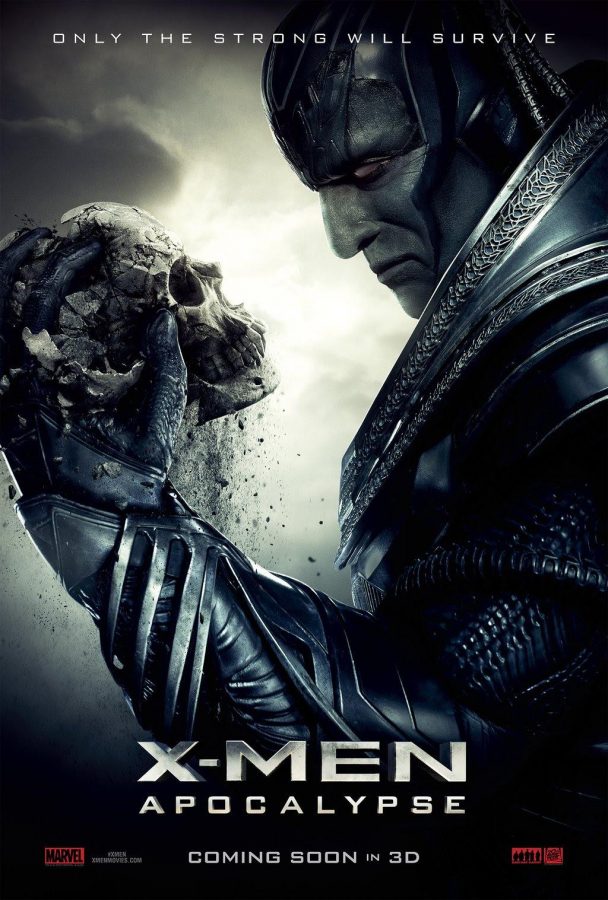(November 15, 2012) — I remember the old days of video games: Nintendo had the market cornered with the NES and every kid in town owned an NES as well as a copy of Super Mario Bros. Even today, Nintendo continues to be a leader in the video game market, with their previous console, the Nintendo Wii, selling over 90 million units worldwide, according to Nintendo.com. Gamers, however, now crave hardcore and powerful consoles like Sony’s PlayStation 3 (PS3) and Microsoft’s Xbox 360. Nintendo has apparently caught on and turned their attention toward making a console to satisfy hardcore gamers. The Wii U is just that: their attempt at catching up to it’s competitors and pleasing its hardcore fans. I have yet to buy a Wii U, as they are not available until Nov. 18, so this review will be based off what I know about the Wii U, as well as my firsthand experiences with demo trials in gaming stores. First off, let’s look at the Wii U’s main feature: its controller. Most consoles, such as the Xbox 360 and the PS3, use standard analog controllers, but Nintendo decided to step it up a notch. The main controller for the Wii U is known as the Wii U Gamepad. Essentially, it is a hybrid of a tablet and a controller. It features a 6.2 inch touch screen on the center which can be used for a variety of new mechanics, such as placing maps on the gamepad, adding extra buttons besides the regular ones, and even being able to play most Wii U games on the controller alone. That means that while someone is watching a show or a movie, you can continue to play your game using the controller. The controller also acts as a TV remote and allows you to watch your cable TV as well as use the built-in Nintendo Tvii, which allows users to stream videos from Youtube, Hulu, Amazon Instant Video and Netflix. Although many people have been skeptical about the practical uses of the controller itself (including myself at first), my firsthand experiences have driven away all doubt about the controller. The controller itself allows for asymmetrical gaming, which means that the person playing on the Gamepad will have a different experience from that of the person playing on the TV. Some single-player games, such as Zombi U, implement the tablet as a tool, allowing players to use inventory items on the fly as well as using the Gamepad as a variable zoom for a sniper and a lockpicker, which adds to the experience of the game. Even after all this, though, if the Gamepad still doesn’t persuade you, fear not: Nintendo has created a wireless controller similar to that of the Xbox 360 controller, allowing fans of other consoles to be given the same experience. Also, Nintendo has stated that they want to make the Gamepad an optional tool rather than a gimmick, which was a problem with the motion controls of the Wii. Finally, the Wii U also supports the use of Nintendo Wii remotes as well as other accessories and, since it is backwards compatible with the Nintendo Wii, meaning almost all games on the Wii can be played on the Wii U. One major problem the Wii had was that it was lacking in the graphical and processing department; while the Xbox 360 and the PS3 could play games in HD, the Wii could only play in 480p quality, which was not very appealing. The Wii U, however, can play games at an impressive 1080p (both on the TV and the Gamepad) and has made major technical advancements from the Wii, PS3, and Xbox 360. The Wii U uses an IBM Power Architecture-based multi-core processor, which is suspected to be twice as powerful as the PS3 in terms of CPU. Also, Nintendo is offering two versions of the Wii U, one with 8GB of memory and one with 32GB, but both versions can be expanded upon with SD memory cards and other expansions, which allows players to buy their own memory rather than implementing a set memory into the console and increasing the price. Finally, the most important part: the games. What games will be available for the Wii U? Nintendo has stressed this topic during most of their conferences and it’s safe to say that the games won’t disappoint anyone. The Wii U will launch with 23 games in the U.S. Also, there are a total of 85 games confirmed as of now for the console. Considering that the Wii U has yet to launch, this is quite impressive. The library of games does have a significant amount of games that are already available for the PS3 and Xbox 360 (Batman: Arkham City, Assassins Creed III, etc). However, nearly all of these ports include extras not available on the other versions of the game, such as Batman: Arkham City containing an “Armored Edition,” which is a new mechanic introduced exclusively for the Wii U. The Wii U also contains many exclusive games which range from Nintendo franchises like New Super Mario Bros U to third party games like Ubisoft’s ZombiU. The variety of games is also very good, with games that range from casual kids’ games to gritty, more mature ones. Overall, the Wii U is shaping up to be a great console. Nintendo seems to have learned from its mistakes and is making the Wii U what the Wii should have been. With so many great games and multiple options for playing them, the Wii U is a breath of fresh air in the gaming industry as previous consoles have been around for more than six years. Even if you’re not fully convinced, I would recommend trying it out for yourself at a nearby game store and to decide for yourself if you want to buy it or not. The Wii U will release on Nov. 18 in America for $299.99 ($349.99 for the deluxe version). With new HD graphics, upgradable memory, and a large launch window (games being released from November 2012-March 2013) of nearly 80 games, I would say that it’s a must buy for anyone who’s a fan of Nintendo and it’s worth at least a look from anyone else.
Categories:
Nintendo Wii U opens up a new generation of gaming console
November 15, 2012
More to Discover








